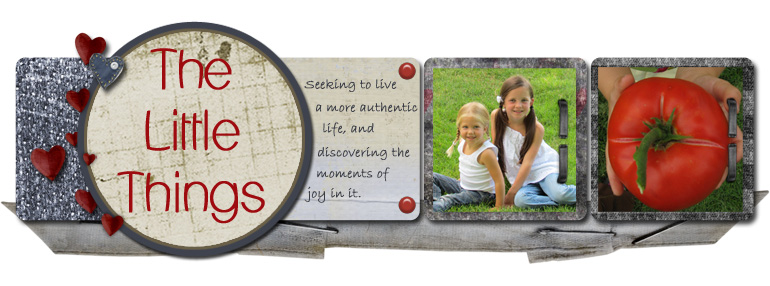A fellow foodie friend recently gave me a wonderful gift: a small handful of kefir grains.
By now, most folks know at least that kefir is good for you. It resembles yogurt in taste, though it tends to be much runnier in consistency (unless you make it with cream.) It's filled with all the good probiotics that our bodies are void of, but desperately need to really be healthy.
You can buy kefir at the health food stores, and it does taste quite yummy, but if you look at the ingredients list you'll realize how much has been added to it. And what most people aren't yet aware of is that kefir is really, really easy to make.
I'm an occasional yogurt maker. If I have half a gallon of raw milk left at the end of the week, I'll turn it into yogurt before it spoils. Yogurt isn't inherently difficult, but it takes effort and time. Kefir doesn't. There's no heating to just the right temperature, no keeping it warm for 8 hours. It's really simple: pour milk over the the kefir grains in a glass mason jar. Cover the jar loosely (I use a tea towel) and set it on your counter overnight (or longer.) We seem to like about 18 hours of culturing time, but it's not an exact science. I usually start it in the afternoon and it's ready the next morning. (Try setting your phone alarm to remind you when it's finished. As much as I hate to admit it, technology does have it's upside.)
After 12-18 hours, you'll have a jar of mild-tasting kefir. I should admit to you right now that I can't stand the taste of it plain. But I also can't stand the taste of yogurt, nor can I even manage to stomach a glass of milk. Dairy products gross me out, with only a few exceptions. So the trick for me is to find ways to use the kefir, to gain benefit from it, without having to actually taste it.
I've been doing that in the form of kefir smoothies. To serve a mommy and two little girls use approximately:
2 bananas
1.5 cups of any other frozen fruit or berries
1/4 tsp stevia
1.5 cups kefir
There's also strawberry milk. My children, living in a world primarily devoid of red dye 40 and processed foods, have survived until now without strawberry milk. A sad thing, really, as I remember what a treat strawberry milk was when I was growing up. With kefir, I can still offer them the yummy treat:
1 cup kefir
1 Tbsp homemade strawberry jam
Blend with a hand blender and serve. Way better than Nestle Quick.
Kefir can be used as a substitute for buttermilk in just about any baking recipe. I've altered my grandma's buttermilk pancake recipe to use whole wheat pastry flour and kefir. Admittedly they're still not as light and fluffy as the ones made with white flour, but I was happy with the result. And kefir also makes a great base for creamy salad dressings. We had kefir mixed with salsa on top of a taco salad, and it was really fantastic.
So the learning curve isn't necessarily in learning to make kefir, which is easy as can be, but in learning to use it. We're managing though. Both of my girls will drink a glass plain if I offer it to them, though they'll also eat a bowl of plain yogurt quite happily. But finding tastier ways to offer it is a fun challenge, too.
Is anyone else out there using kefir? What are some of your favorite ways to add it to your family's meals?
Subscribe to:
Post Comments (Atom)




No comments:
Post a Comment